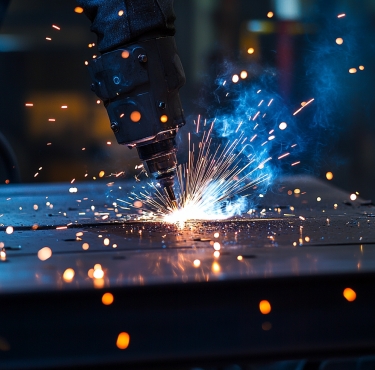The difficulty of stainless steel welding can be mainly attributed to the following key factors:
The corrosion resistance of stainless steel welds and heat-affected zones will decrease significantly in the temperature range of 450 to 850°C. This is because the microstructure of stainless steel changes in this temperature range, resulting in a decrease in corrosion resistance.
Hot cracks are prone to occur during the welding process of stainless steel, especially in welds containing impurities (such as sulfur and phosphorus). The formation of hot cracks is usually due to the reaction of welding materials with impurities to form low-melting point compounds, resulting in excessive tensile stress inside the weld.
At high temperatures, stainless steel easily reacts with oxygen in the air, resulting in oxidation. This oxidation not only affects the quality of welding, but may also cause corrosion of the welded parts, further reducing the safety and durability of the structure.

The thermal conductivity of stainless material is poor, which leads to uneven heating and cooling between the weld and the base material during welding, causing large welding deformation. This deformation not only affects the appearance of the weld, but may also affect the overall performance of the structure.
Selecting the right welding materials is essential to ensure the quality of stainless steel welding. Different stainless steel types (such as austenite, ferrite, etc.) require specific welding wires and filler metals. Wrong material selection may lead to welding failure or performance degradation.
In order to overcome these difficulties, specific welding techniques and materials are usually required, such as using small currents, fast welding, multi-layer and multi-pass welding techniques, and implementing strict post-heat treatment (such as solution treatment or stabilization annealing) to improve the performance of welded joints. In addition, the use of shielding gas, such as argon mixed with a small amount of oxygen, can help reduce the risk of oxidation and thermal cracking during welding.
This is the first one.



